The No. 1 Mistake You’re Making That Is Killing Your Plants, Experts Say
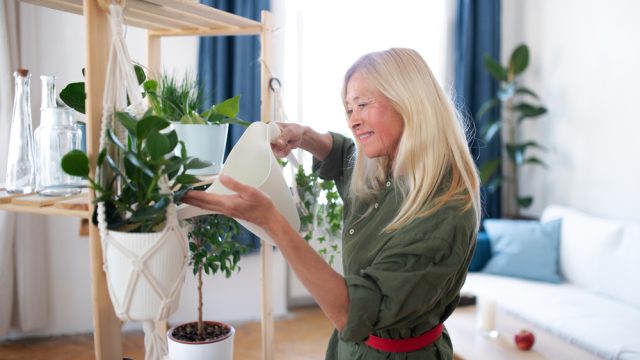
House plants are a special kind of decor that allows you to bring a little bit of nature into your living space. In addition to brightening your room, research suggests that plants can also improve air quality. But even though it’s all too easy to become smitten with a potted beauty you see on display, keeping it alive and thriving once you get it home can sometimes be a tricky ordeal—especially if you’re new to plant care. According to experts, there’s one common mistake you should avoid that could be killing your plants. Read on to see how you can help maintain your plants’ health for years to come.
READ THIS NEXT: This Is the One Weed You Should Never Pull, Experts Say.
You can save flagging plants using household items.
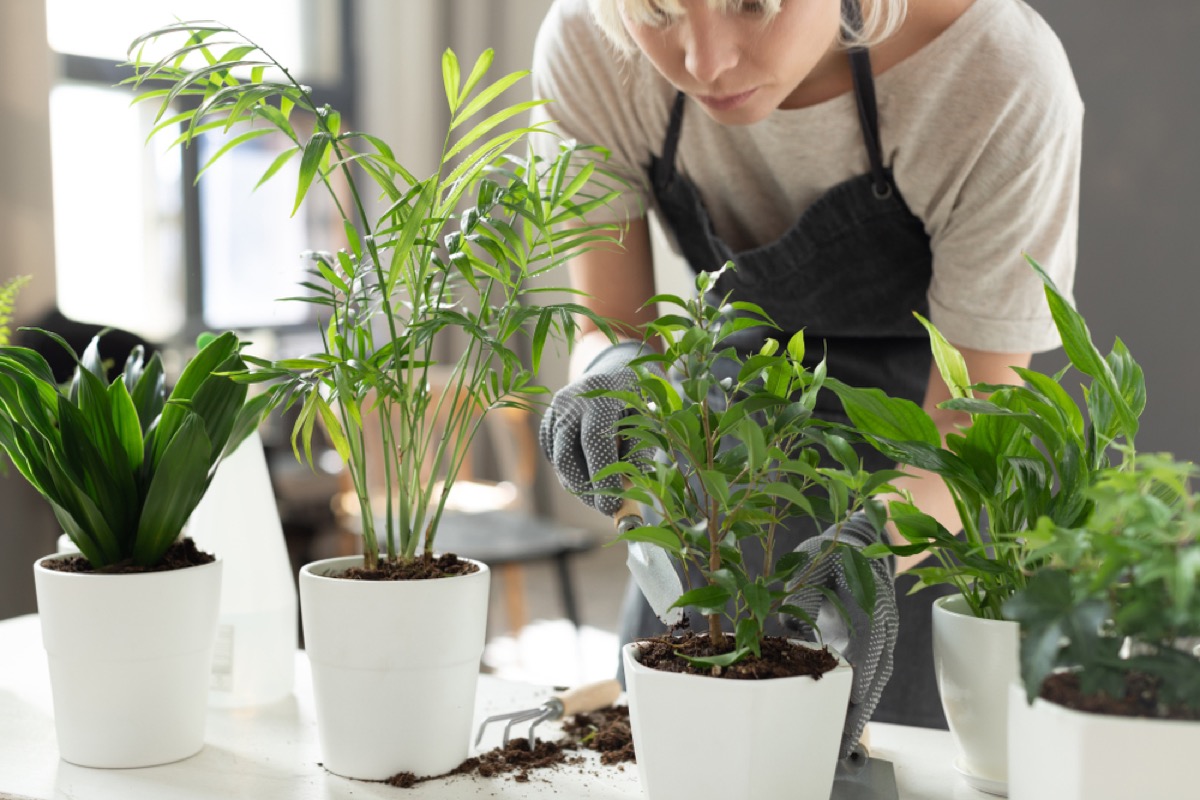
There’s nothing worse than seeing your favorite indoor greenery begin to deteriorate, despite your best efforts to keep it happy and healthy. But surprisingly, you may be able to salvage many plants without even taking a trip to the store, and instead using items you already have lying around the house. For example, if your plant shows signs of root rot, you can help solve the problem by putting a sponge under the dirt at the bottom of your planter. You can also use a hydrogen peroxide spray to help kill the bacteria causing the rot while releasing plant-friendly oxygen in the process. And if you notice your plants turning yellow between their green veins, an Epsom salt solution can help revive them by providing much-needed magnesium.
However, if you’re looking to keep your plants healthy before they begin to show any signs of distress, experts warn you to avoid doing one thing while caring for them.
You should avoid making this one mistake when watering your plants.
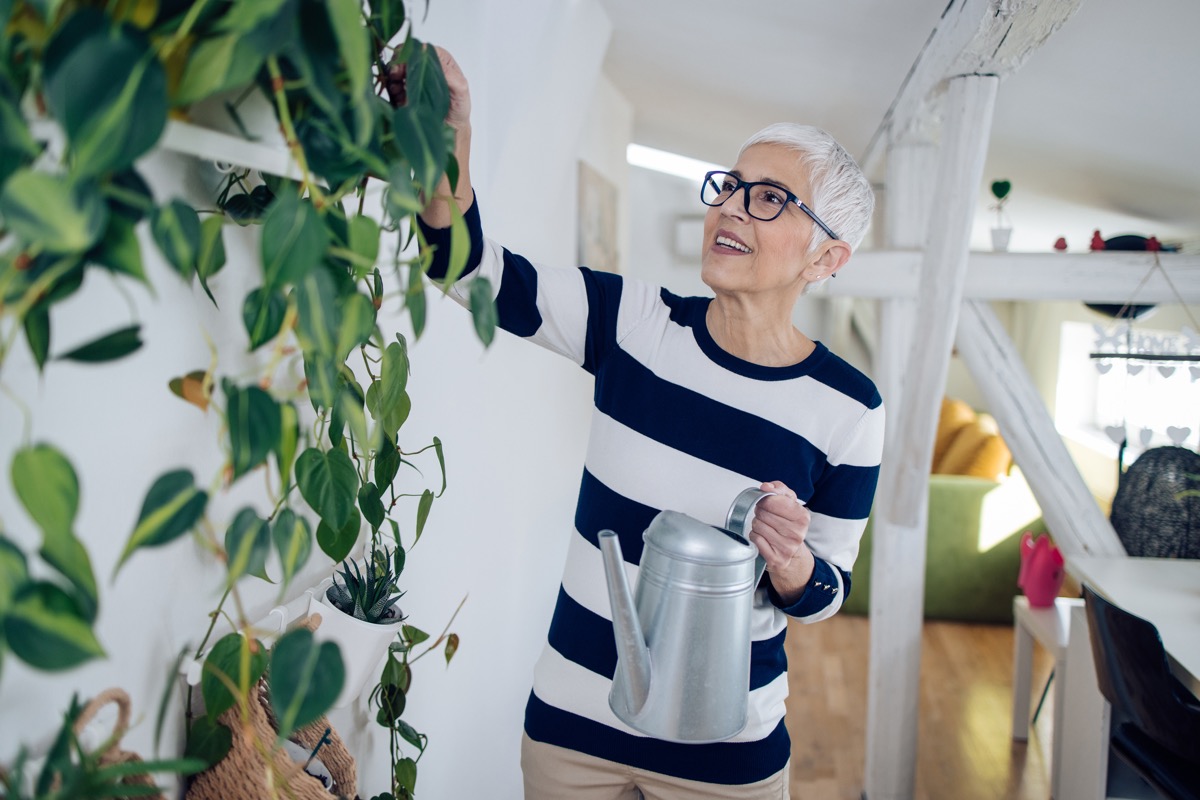
Keeping your houseplants plenty hydrated is the most basic and essential step of caring for them, and not sticking to a schedule could doom your greenery right from the start. But according to Christopher Satch, a plant scientist and a professor at the New York Botanical Garden, the temperature of the water you’re using can also affect your plants’ health, too. Instead of filling your watering can up with cold water from the tap, opt for lukewarm water to avoid shocking the plants, he told The New York Times.
For more household tips sent right to your inbox, sign up for our daily newsletter.
There’s one thing you should do with your watering can before hydrating your plants.
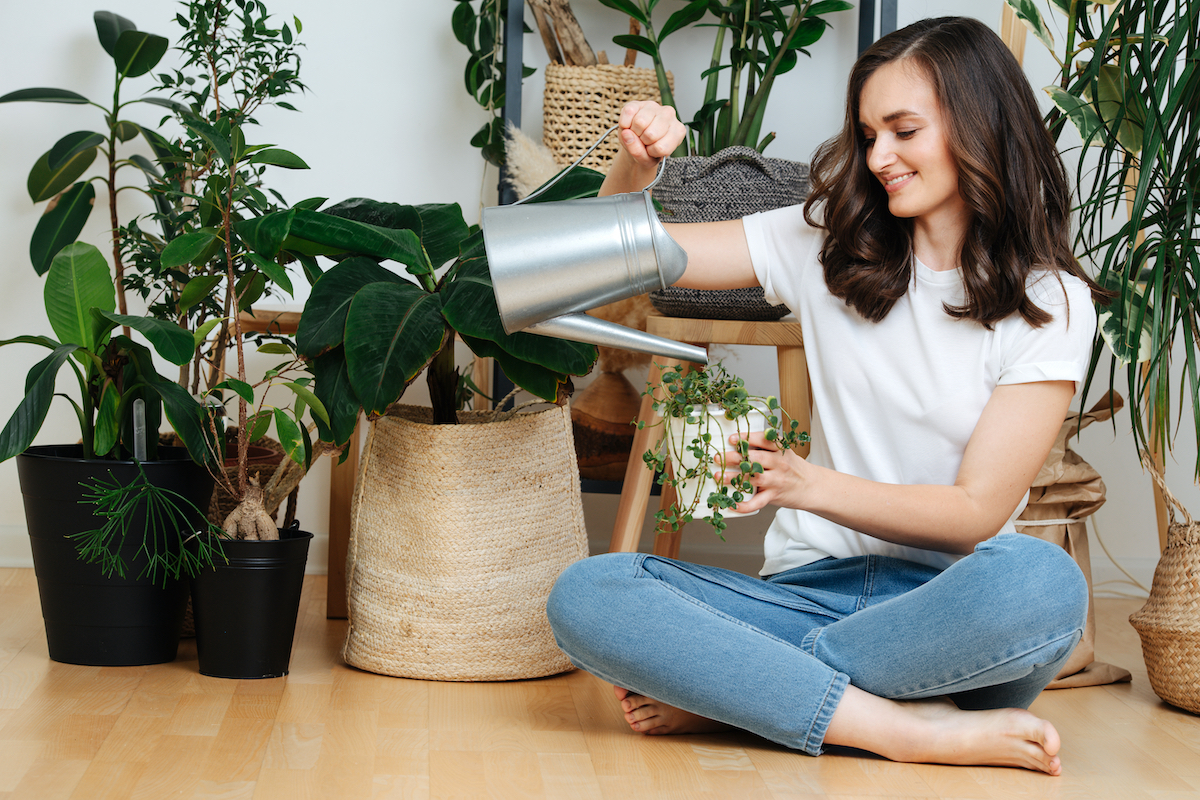
Showering plants with water even a little above lukewarm temperatures can harm their health. Even relatively hardy plants can have their roots damaged by hot water, according to plant care blog Family, Food + Garden.
Instead, it’s best to mimic the conditions found in nature and bring all water to room temperature before doling it out to your plants. One of the best ways to do this is to use two watering cans in a rotation. Fill up one can well ahead of your watering schedule and let it sit in your house to come to room temperature. Then, when it comes time to water, fill up the empty watering can and set it aside for the next cycle before grabbing your room temperature batch and hydrating your plants.
Be careful of using the popular “ice cube trick” on the wrong types of plants.
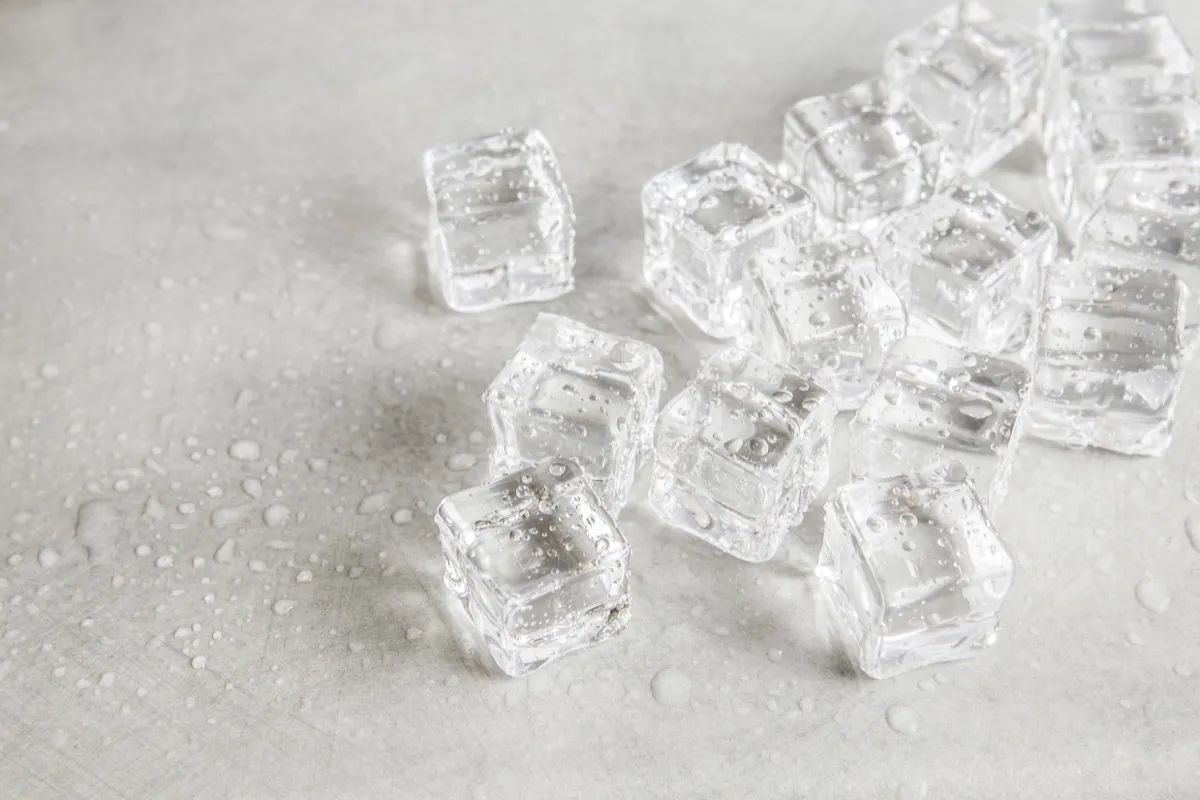
Since overwatering can also be a potential issue, many houseplant enthusiasts have popularized “the ice cube trick” to help provide a steady flow of moisture to plants without saturating the roots and causing damage. However, while the hack has helped some find a convenient way to take care of their plants, it’s best suited for orchids and not other types of house plants. The cold water provided by the melting cube can still shock the plant’s roots or injure its leaves or stalk if it comes in direct contact with it.
If you’re concerned about overwatering, Satch recommends checking your plants every few days by sticking your finger into the soil up to your second knuckle. “If it feels even a little moist, wait another day,” he tells The Times.
When you are watering, Satch also recommends taking time and ensuring you’re only using enough to dampen the soil, not flood it. “The trick is to mimic nature,” he said.